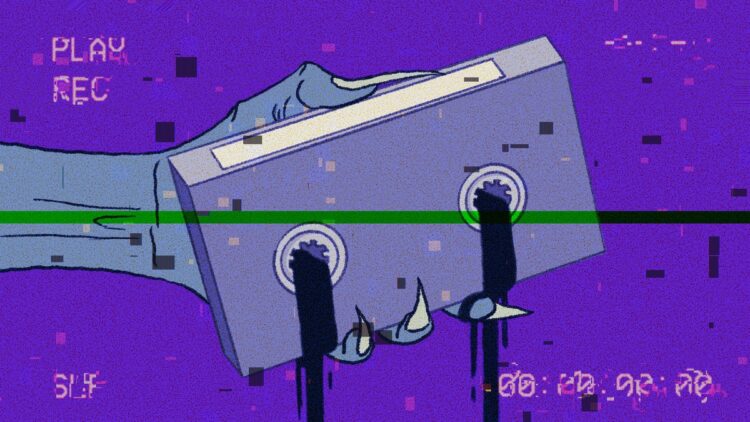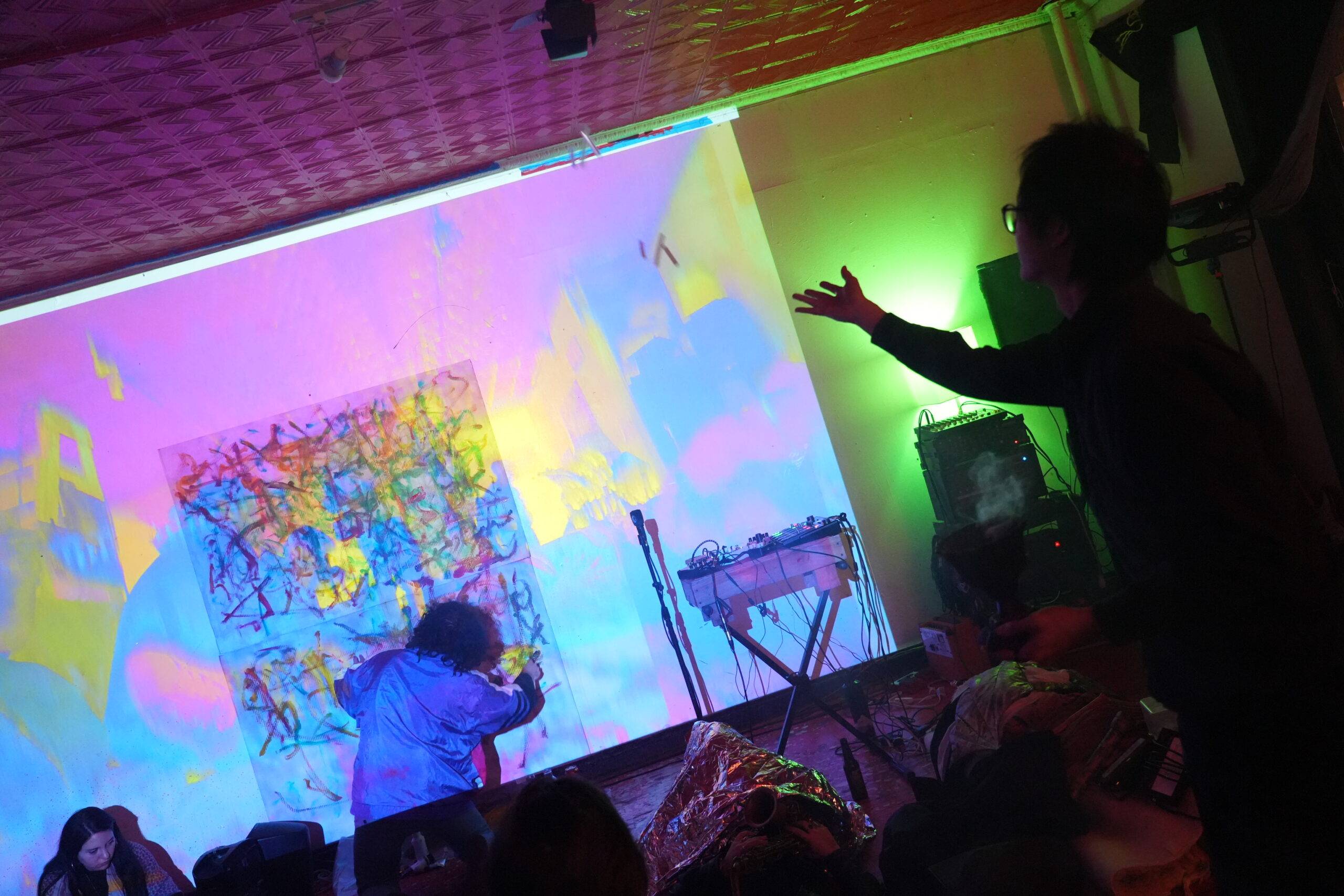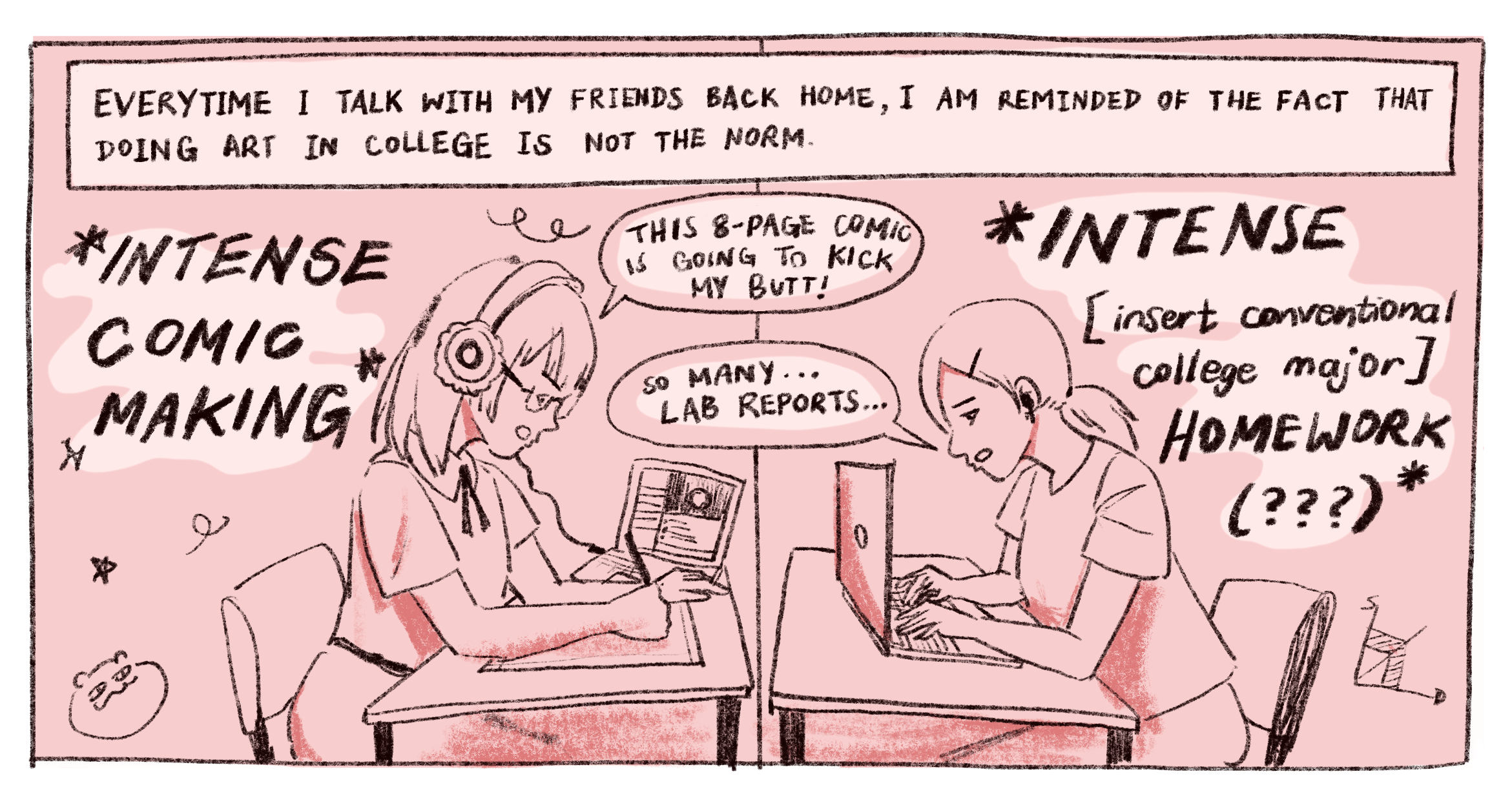Dark rooms, grainy screens, twisted faces obscured by shadows. Declassified government documents, public service broadcast announcements, and home entertainment VHS tapes that just … aren’t quite right. Shrouded futures and alternate pasts. These are a few of the hallmarks of analog horror, a rising genre of narrative creation that has found a welcome home, and a ravenous fanbase, on YouTube.
“Ghosts in the Machine” is a new column by F Newsmagazine’s Entertainment Editor, Nestor Kok. Here we will take a deep dive into the past, present, and future of analog horror, spotlighting the creators who bring our worst nightmares to life, and unraveling just what makes analog horror’s unique brand of storytelling tick.
Borne out of the eerie intrigue of found footage horror films like “Paranormal Activity,” and the growth of Alternate Reality Games (ARGs) in the 2010s, but rooted firmly in 90s analog filmmaking and broadcasting techniques of the past, analog horror is a curious genre that owes as much to the past as it does the present. Blending text-based visual novel conventions with found footage and environmental storytelling, analog horror series are unlike anything other serial you might see on TV today, and are arguably un-adaptable into longform cinematic formats. It is perhaps for this reason that no two series in the genre are quite the same, and no two creators see its conventions and tropes the same way. For some, the lo-fi, grainy mystique of the bygone VHS era is simply a convenient aesthetic through which to experiment with low-budget and/or lo-fi filmmaking, or the perfect vehicle through which first-time filmmakers can hone their craft. For others, analog horror content is a genre exercise through which veteran storytellers can flex their muscles in the arena of found footage film.
If you’re a horror movie buff, you may see the found footage genre as one that has generally declined over the years, ever since its over-appropriation by soulless Hollywood writing rooms. While not the primary motivation of the creators who (perhaps unconsciously) came together to define this new genre, analog horror serves as the perfect panacea for horror fans; working to drag the reputation of found footage horror out of the mud with content made by creators whose interests and inspirations are the same as theirs. YouTube web series and independent content creation are often denigrated as either amateur efforts or low-budget schlock, analog horror counters that through its very nature. In the same way that so many big-budget horror films are set before the cellphone era, the very point of analog horror is to emulate an age in which nothing existed in high-definition; in which ghosts, ghouls, and unspeakable monstrosities lurked behind every pixelated shadow on your CRT monitor.
The stories that bloom from the creative possibilities that analog horror offers are myriad. However, the strongest thread that binds them together is that they all have something important to say about paranoia, mistrust, and the primal fear of the unknown in every human being. It is no coincidence that the true analog age coincides with the 1970s, 80s, and 90s — eras which saw social revolutions, cold wars, international espionage, and a growing mistrust of authorities throughout Western civilization.
Threads of conspiracy run through every analog horror narrative. From found tapes unearthing atrocities committed behind closed company doors in Martin Walls’s “The Walten Files,” to alternative histories in which James Dean establishes a dictator-like hold over North America in Mister Manticore’s “The Monument Mythos,” to the simple yet terrifying fact of governmental surrender to supernatural conquering forces in creepypasta veteran Kris Straub’s “Local58TV.” Inherent in these narratives are puzzles that could put almost every major mystery novelist to shame. No analog horror narrative ever gives its viewers all the answers. It is up to us to piece together the shards we are given, and ultimately, to decide what the series means for us, and what our reaction to fear and ambiguity says about our place in the world.
For a genre that thrives off showcasing some of the lowest points of human nature, the passionate fan community that analog horror has gathered around it is nothing short of remarkable. Dedicated Discord servers work to decipher the clues present in each successive installment. YouTubers create video essays that run for three hours at a time, piecing together narratives and timelines a la Charlie Kelly’s Pepe Silva conspiracy corkboard. The comments section of every analog horror series is crawling with enthusiasts, each with a different piece of the puzzle to bring to the table; finding solace and friendship amongst like-minded web series detectives. Analog horror is not just an exhibition of humanity’s deepest fears — it can also bring its fans together. We’ll be here.
First installment: Alex Kister, creator of “The Mandela Catalogue”
Second Installment: Mister Manticore, creator of “The Monument Mythos”
Third Installment: Turkey Lenin III’s, creator of “CH/SS”
Fourth Installment: Remy Abode, creator of “Gemini Home Entertainment”
Fifth Installment: Steven Chamberlain (indrancole3), creator of “No Through Road”
Nestor Kok (MFA VCD 2022) is the Entertainment Editor at F Newsmagazine. He has been described as “Timothée-Chalamet-adjacent” — whatever that means.






















